
British professor Gordon Rugg believes the text in the Voynich manuscript is a meaningless letter sequence created with a simple “table and grille” method. Voynich manuscript expert Nick Pelling called this theory a “quasi-academic nonsense that only an idiot would be convinced by”. Here’s my summary of this debate.
British professor Gordon Rugg believes the text in the Voynich manuscript is a meaningless letter sequence created with a simple “table and grille” method. Voynich manuscript expert Nick Pelling called this theory a “quasi-academic nonsense that only an idiot would be convinced by”. Here’s my summary of this debate.
British professor Gordon Rugg believes the text in the Voynich manuscript is a meaningless letter sequence created with a simple “table and grille” method. Voynich manuscript expert Nick Pelling called this theory a “quasi-academic nonsense that only an idiot would be convinced by”. Here’s my summary of this debate.
In 1970 the corpse of a woman was found near Bergen, Norway. The real identity of this woman and the cause of her death are still not clear to date. In her car police found encrypted notes. According to Norwegian media, new evidence has now been discovered.
Gary Klivans, expert on gang and prison codes, has provided me information on an interesting case. It is about an encrypted letter sent by a prison inmate.
The encryption codes of German spies in World War 2 are still little researched. Today I will introduce an interesting spy telegram that was sent from Buenos Aires to Hamburg in 1940.
A museum in Paris, France, keeps a notebook of French painter Camille Corot (1796-1875). A page in this document is encrypted. Can somebody break this cryptogram?
Blog reader Dominique Eggerstedt has found a bottle post in a canal in Northern Germany. It contains some text parts that look encrypted. Can a reader solve this mystery?
A British censorship manual from WW2 introduces a wide range of message hiding techniques. Some of the examples given are hard to comprehend. Maybe my readers can help.
During the French Revolution, Queen of France Marie-Antoinette sent a number of encrypted letters to Swedish diplomat Axel von Fersen. Two French scientists took a close look at them.
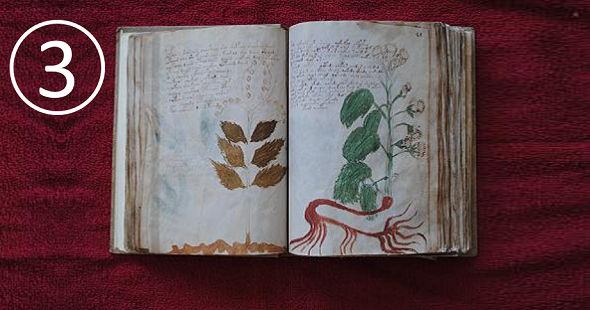
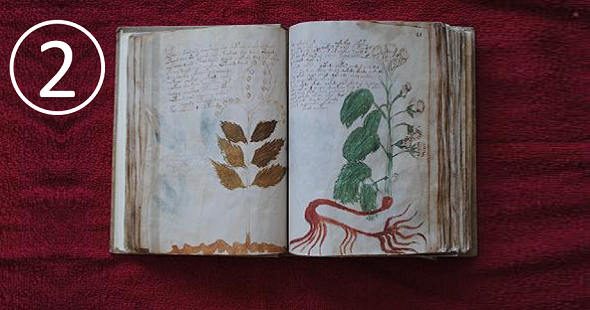
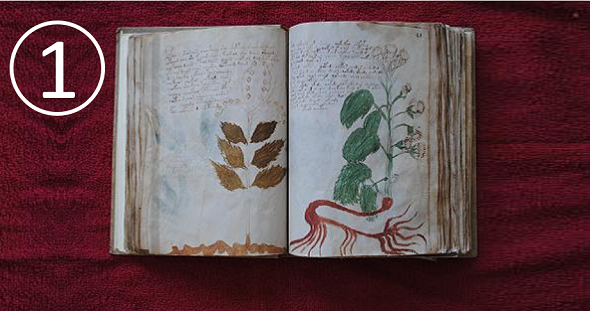
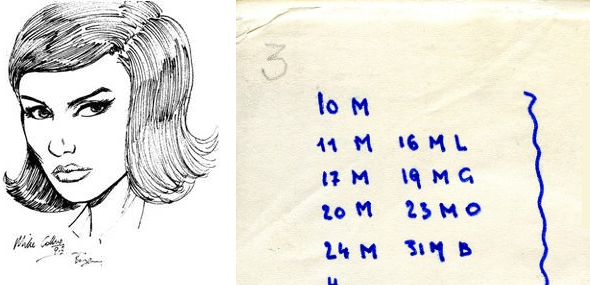
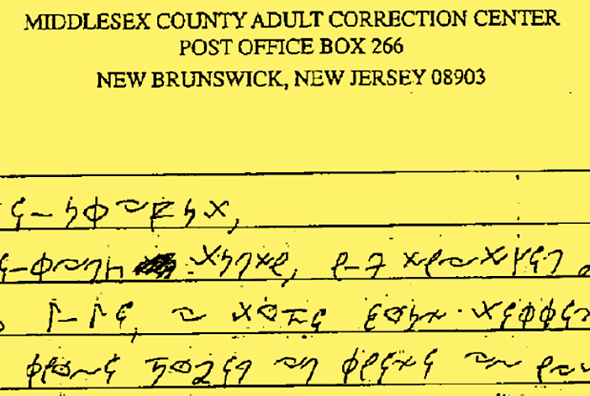
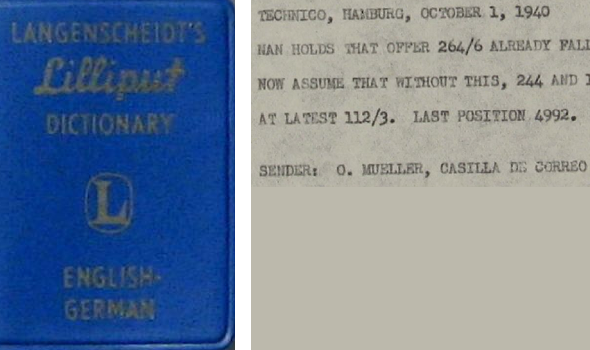
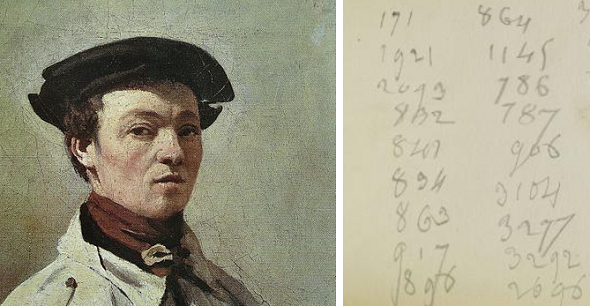
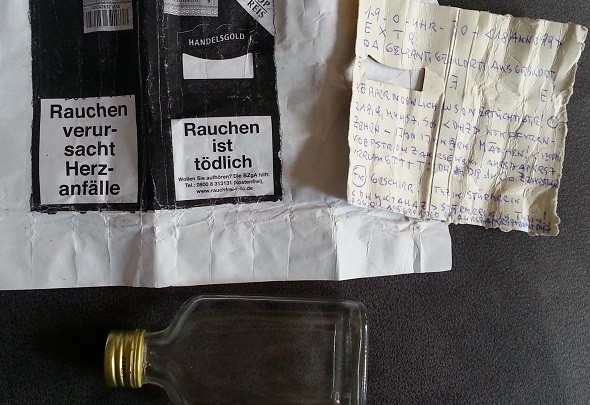
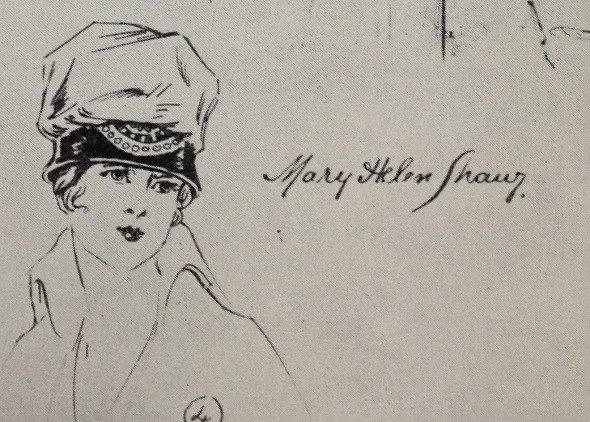
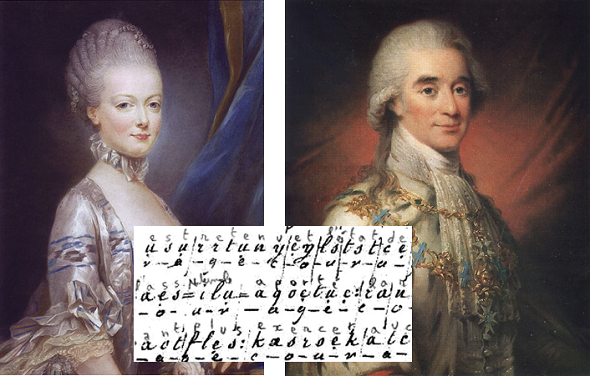

Letzte Kommentare